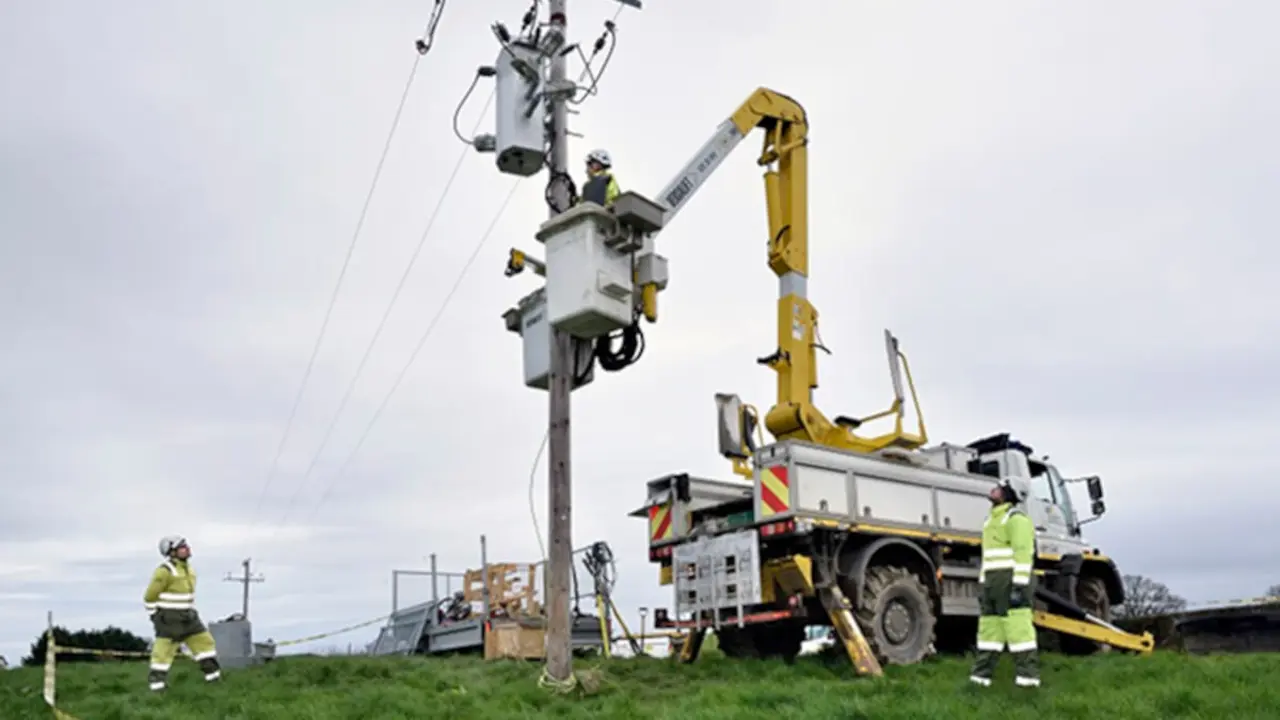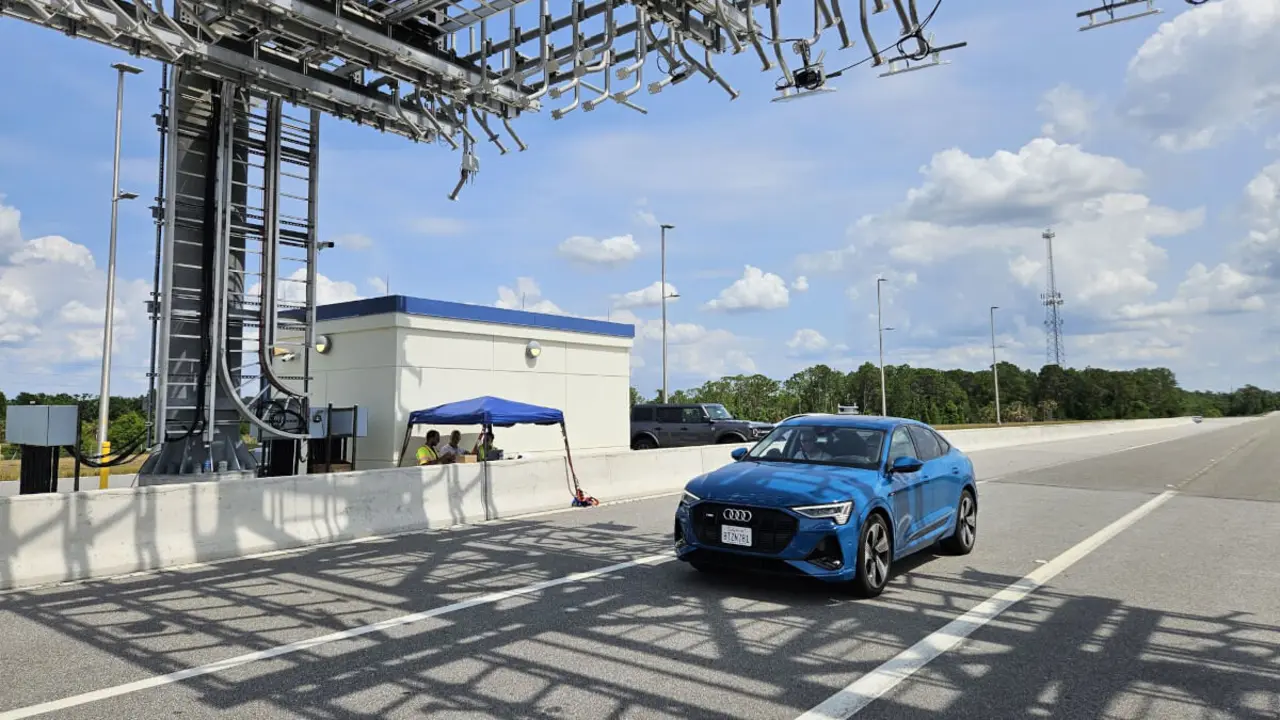Marruecos construirá el puente más largo de África

Since King Mohamed VI highlighted the Tiznit-Dajla road infrastructure in 2015 in his speech for the 40th anniversary of the Green March, with 70% of the work already completed, the project has been progressing steadily. This project was the subject of a partnership agreement signed in February 2015 between three ministries (Ministry of the Interior, Ministry of Economy and Finance and Ministry of Equipment, Transport, Logistics and Water) and four regions for an amount of 8.5 billion dirhams. Morocco expects the project to be a catalyst for attracting investment and contributing to the socio-economic development of the four regions.
It initially foresaw an implementation period between 2016 and 2021. The study phase was completed between 2016 and 2018, the tender launch and contract approval phase between 2017-2018 and the construction phase was launched in 2017. Despite the fact that in January 2020, Transport Minister Abdelkader Amara claimed that the project would meet the planned deadlines, a year later, he stressed that his department is "very firm" with the companies working on the project in terms of deadlines. "We can understand certain constraints linked to water and electricity connections, but if the companies do not respect the deadlines and show long delays, we will see their contracts terminated," he promised last year.
However, the COVID-19 pandemic was one of the constraints that Amara did not predict. Based on the recently announced completion rate, the pandemic appears to have significantly delayed the project.

Spanning 1,055 kilometres, the road is one of the longest in Morocco, with plans to build 12 more major structures. The facilities are intended to reduce travel time between the country's southern and northern provinces.
One of the most important engineering works of the project will be the viaduct across the Sakia el-Hamra river that will bypass Laayoune. The 1,725-metre structure will be the longest bridge on the African continent according to Novek, the Moroccan engineering consultancy responsible for the preliminary design studies. The aim of the motorway will not only be to improve communication between the south and north of the country, but also to establish a network of high-quality highways that will prevent events such as floods from disrupting the Kingdom's economic and commercial activity. In addition, the motorway is on the verge of meeting international standards, while ensuring a high degree of safety, according to the Moroccan government. It is expected to not only allow greater access to Western Sahara, but also to sub-Saharan Africa.

According to a statement from the Ministry of Logistics, the development of this road axis, which will constitute an important investment lever, will have a positive and direct impact on a population of more than 2.2 million inhabitants, spread over 10 provinces, and will contribute to the socio-economic development of four counties in the Kingdom, namely: Souss-Massa, Guelmim-Oued Noun, Laayoune-Sakia El Hamra and Dakhla-Oued Eddahab.
The project is being developed in two major distinct parts, each of which has different technical, natural and socio-economic specificities: the express road between Tiznit and Laayoune, comprising the Tiznit-Guelmim section between kilometre point 0 and kilometre point 114, with a bypass of the town of Tiznit and the town of Guelmim, which is being developed on a new section of road in a mountainous area, and the section from Guelmim to Laayoune between kilometre point 114 and kilometre point 520, which borders the RN1, with some route rectifications when there are restrictions for its construction due to factors such as the relief, dangerous slopes, sections with many curves, etc. ). The megaproject also includes plans for the creation of peripheral facilities such as truck parking and rest areas.








